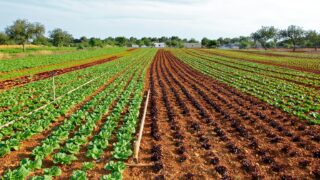In India, the agricultural sector has seen significant changes over recent years, particularly in the price and quantity of key agricultural products. The government has increased Minimum Support Prices (MSP) for essential crops such as lentils, mustard, and wheat, offering farmers better returns on their investments. In the past decade, the government has spent over ₹18 lakh crore on MSPs, with substantial growth in support for pulses and oilseedsPRESS INFORMATION BUREAUPRESS INFORMATION BUREAU.To improve production, India has also introduced high-yielding and climate-resilient crop varieties. From 2014-15 to 2023-24, over 2,500 new varieties were released, focusing on better resistance to climate stress and enhancing yieldPRESS INFORMATION BUREAU.In addition, India has promoted sustainable practices like natural farming and expanded infrastructure investment under schemes such as the Pradhan Mantri Krishi Sinchayi Yojana (PMKSY) to improve productivityPRESS INFORMATION BUREAU. There’s also a growing push for digitization with platforms like e-NAM, which links agricultural markets to enhance pricing transparency and market accessPRESS INFORMATION BUREAU.These measures have contributed to a reduction in dependency on imports, particularly for oilseeds, and have been pivotal in supporting both food security and the incomes of Indian farmers.
 India
India [India] Latest data and top charts on production volume of leafy stems and fruit vegetables
Abstract India’s vegetable production has evolved significantly over the years. In 2022, eggplant led with 12.8 million ...
 India
India India’s Grain Production: Leading in Rice, Wheat & Maize for Exports
India leads global rice production and boosts grain exports, catering to domestic and international demand.